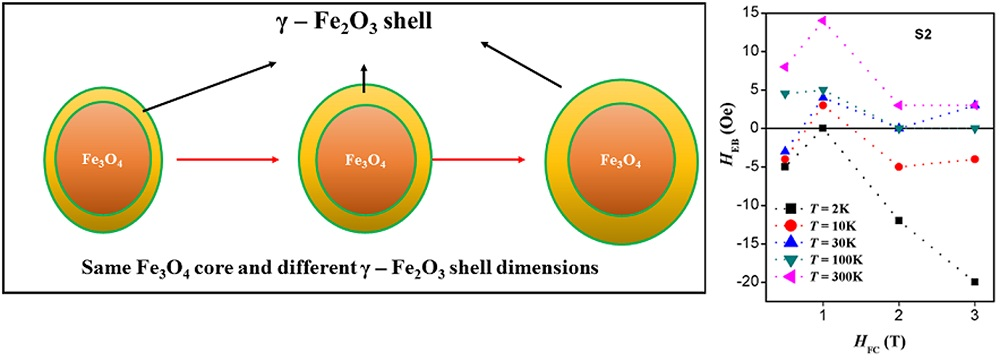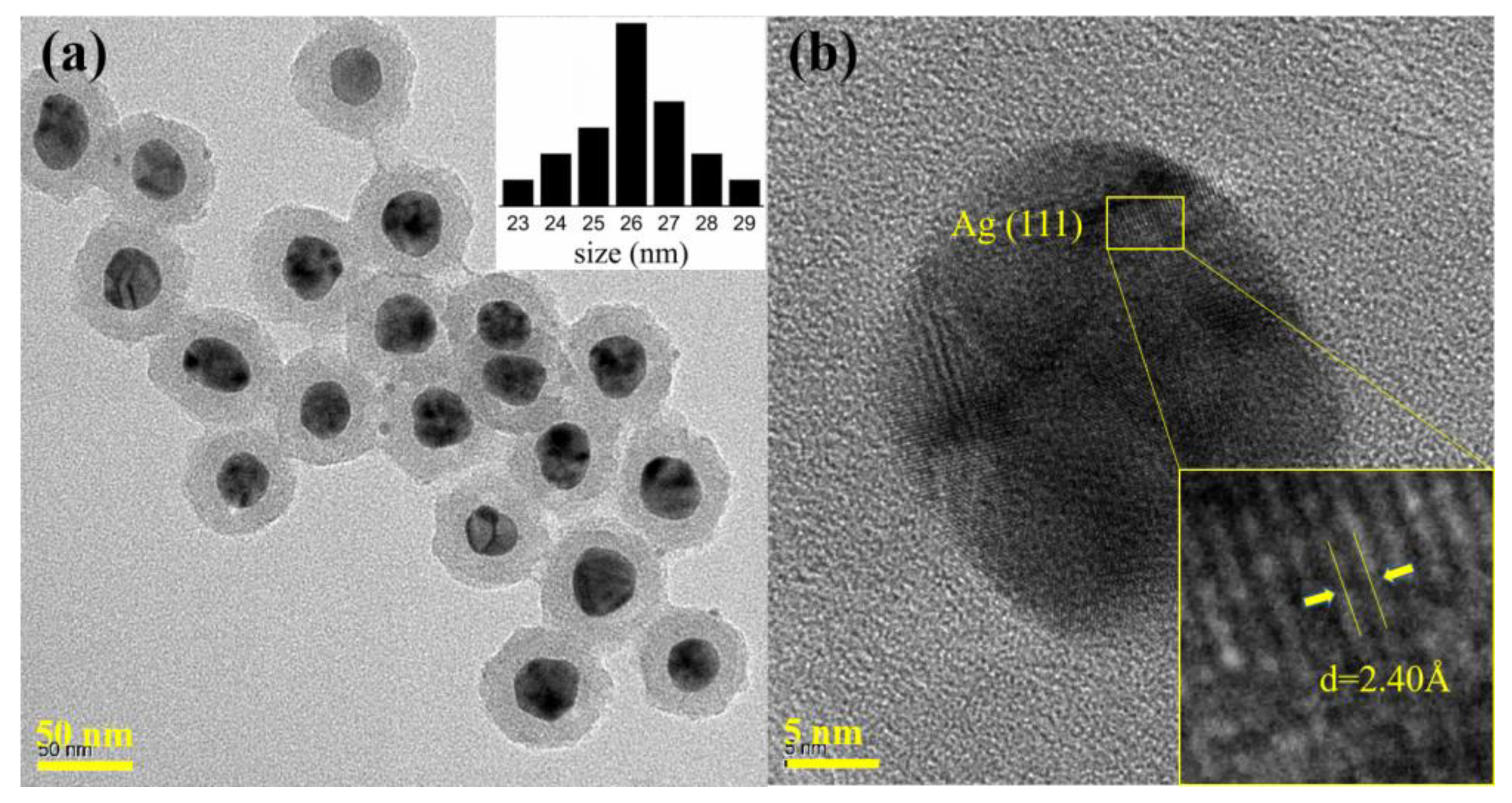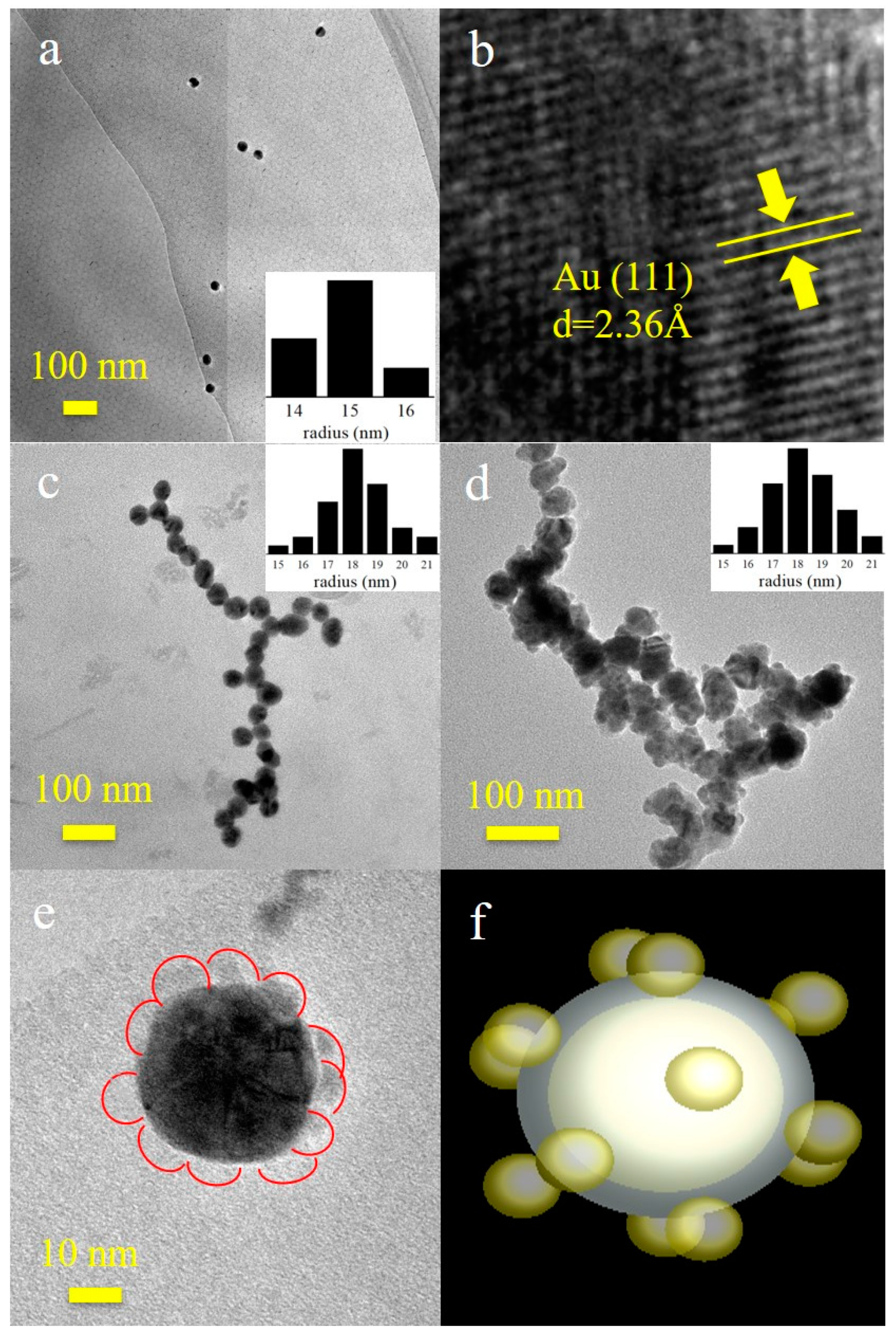
The photocatalyzed trifluoromethylation of quinoline was used as a prototypical reaction. Their excited state lifetimes range from 0.3 µs to 0.7 µs and correlate to the rate of single-electron transfer (SET) from excited state to substrate, CF₃SO₂Cl (1.9 × 10⁸ M‾¹ s‾¹ to 9.3 × 10⁸ M‾¹ s‾¹), but the rate of final product formation is unchanged. PF₆, PF₆, PF₆, and PF₆ were prepared where ppy = 2-phenylpyridine, bpy = 2,2ʹ-bipyridine, dmbpy = 4,4ʹ-dimethyl-2,2ʹ-bipyridine, dtbbpy = 4,4’-di-tert-butyl-2,2ʹ-bipyridine and phen = 1,10-phenanthroline. Iridium(III) complexes were tailored to increase the excited state lifetime through minor ligand modification. Carbon dioxide was photocatalytically reduced in water by the NPs with methane being the major product. The Pd cores and porous, high surface area TiO₂ shells are expected to prevent Pd loss and increase surface-substrate interactions, respectively, thereby improving photocatalytic efficiency. Core-shell palladium-titanium dioxide NPs, were prepared using monodisperse core-shell NPs as a template. Au-Cu 2O core-shell nanocubes (left), RhAg alloy hollow nanostructure (top right) and mesoporous TiO 2 photonic crystal film with in-situ grown Au nanoparticles (bottom right).Titanium dioxide nanoparticles (NPs) and iridium(III) complexes have been prepared and studied as photocatalysts towards enhanced efficiency and mechanistic understanding of photocatalysis. Representative examples of multicomponent functional nanoparticles of the thesis. PhD Programme: Materials Science Programme

University: Universitat Autònoma de Barcelona

Anna Roig, Nanoparticles & Nanocomposites (NN) Group at ICMAB-CSIC.More relevant aspects of the dissertation are the achievement of synthetic control for single-component nanoparticles, the attainment of complex metal/metal oxides heterostructures or metastable alloys and the validation of gold/titania systems as photocatalysts for hydrogen production." thesis has identified and consolidated microwave-assisted chemistry as an innovative synthetic approach for single and multicomponent functional nanoparticle fabrication. Remarkably, hydrogen production could be extended into the visible by combining light trapping in 2D photonic crystals with plasmonic resonances. Next, novel photocatalysts composed of gold nanoparticles within mesoporous titania 2D-photonic crystals were also studied for hydrogen photo-production. First, catalysts formed by gold/titania nanoparticles were evaluated and presented an excellent performance for hydrogen generation.

Finally, the thesis investigates microwave-obtained gold/titania nanocomposites as photocatalysts for gas-phase hydrogen generation. It follows by extending microwave routes to more complex systems as the cubic heterostructures combining metal oxides (Cu2O) and metals (Au, Ag, Pd and Pt). The dissertation also explores the preparation via microwave-synthesis of alloyed hollow nanostructures of metastable compositions such as Rh-Ag and Pd-Ag. The nanoparticle formation has been monitored in detail to understand the reaction mechanism. Specifically, contains a complete study on silver nanoparticles by microwave fabrication with a high degree of synthetic control. The thesis reports on novel microwave-assisted chemistry routes for the rational design of single and multicomponent functional nanoparticles. Microwave-assisted synthesis is a versatile synthetic route that can support nanoparticle engineering as this methodology exhibits unique properties and extensive possibilities, which are still to be fully explored. Consequently, well-understood, reproducible, and scalable methods for efficient nanoparticle production are needed.

Hence, functional nanoparticles have become a very active research field in search of new colloidal systems and novel methods of fabrication. New applications, devices and products resulting from its advances demand new nanomaterials, specifically, nanoparticles with functional properties. Register here to attend by Zoom.Ībstract: "Nanotechnology is more and more prevalent in many societal domains and industrial sectors. Venue: ICMAB - Sala d'Actes Carles Miravitlles and online session by Zoom. Microwave-assisted synthetic routes for single and multicomponent functional nanoparticlesīy Miquel Torras, from the Nanoparticles & Nanocomposites (NN) Group at ICMAB-CSIC


 0 kommentar(er)
0 kommentar(er)
